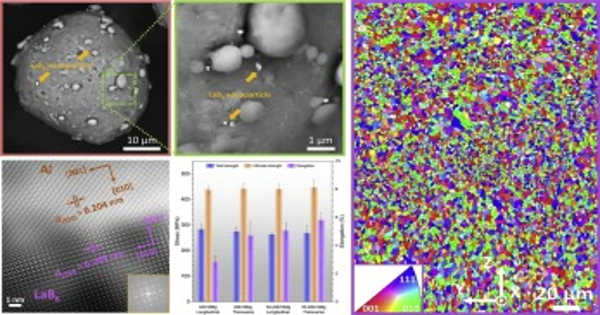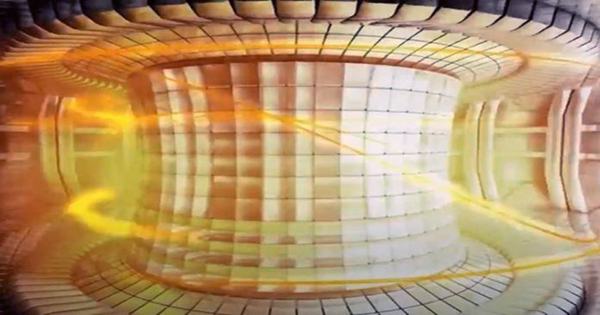Researchers have now developed a method for reconstructing the movement of fast biological processes in 3D using multi-focal images. A group of scientists from the University of Bonn and the Caesar Research Center devise a method for observing fast movements in 3D.
Many discoveries have been made in the past because better, more accurate measurement methods became available, allowing data from previously unexplored phenomena to be obtained. High-resolution microscopy, for example, has begun to dramatically alter our understanding of cell function and dynamics. Researchers from the ImmunoSensation2 Cluster of Excellence at the University of Bonn, the University Hospital, and the research center caesar have now developed a method for reconstructing the movement of fast biological processes in 3D using multi-focal images. The findings were published in the journal Nature Communications.
A team of scientists from the University of Bonn and the research center caesar develops a method to observe fast movements in 3D.
A novel method for rapid direct 3D visualization of the contact between two surfaces using fluorescence microscopy and a fluorescent liquid is presented. Distances between surfaces of up to several hundred nanometers can be measured in 3D with subnanometer accuracy and in seconds. The method opens up new avenues for research in contact mechanics, friction, wear, and lubrication.
Many biological processes take place on the nano- to millimeter scale and in milliseconds. Established methods, such as confocal microscopy, are suitable for precise 3D recordings but lack the temporal or spatial resolution to resolve fast 3D processes and necessitate labeled samples. Image acquisition at high frame rates is required for many biological investigations in order to record and understand the principles that govern cellular functions or fast animal behaviors. The scientists’ task is analogous to that of watching a thrilling tennis match: Sometimes it is impossible to precisely follow a fast-moving ball, or the ball is not discovered until it is already out of bounds.
Previously, the researchers were unable to track the shot because the image was blurred or the object of interest had simply moved out of the field of view after the photograph was taken. Standard multifocal imaging methods enable high-speed 3D imaging, but they are constrained by the trade-off between high resolution and a large field-of-view, and they frequently necessitate bright fluorescent labels.

For the first time, the hereby described method enables the use of multifocal imaging with a large field of view and high spatio-temporal resolution. The scientists in this study track the movement of non-labeled spherical and filamentous structures quickly and precisely.
The new method, as described in the study, now provides novel insight into the dynamics of flagellar beating and its relationship to sperm swimming behavior. This link was made possible because the researchers were able to precisely record the flagellar beat of free-swimming sperm in 3D over a long period of time while also tracking individual sperm trajectories. Furthermore, the scientists calculated the 3D fluid flow around the beating sperm. Such discoveries not only help us understand the causes of infertility but could also be used in “bionics,” or the application of natural principles to technical applications.
The new method is already being used by researchers at the ImmunoSensation2 Cluster of Excellence – and not just to study sperm. This method could also be used to generate 3D flow maps caused by motile cilia beating. Motile cilia, like the sperm tail, beat and transport fluid. Cilia-driven flow is important in the brain ventricle or in the airways, where it transports mucus out of the lungs and into the throat; it is also how pathogens are transported out and warded off.
This study’s multi-focal imaging concept is inexpensive, simple to implement, and does not rely on object labeling. The researchers believe that their new method can be applied in a variety of other fields, and they see numerous potential applications.
















